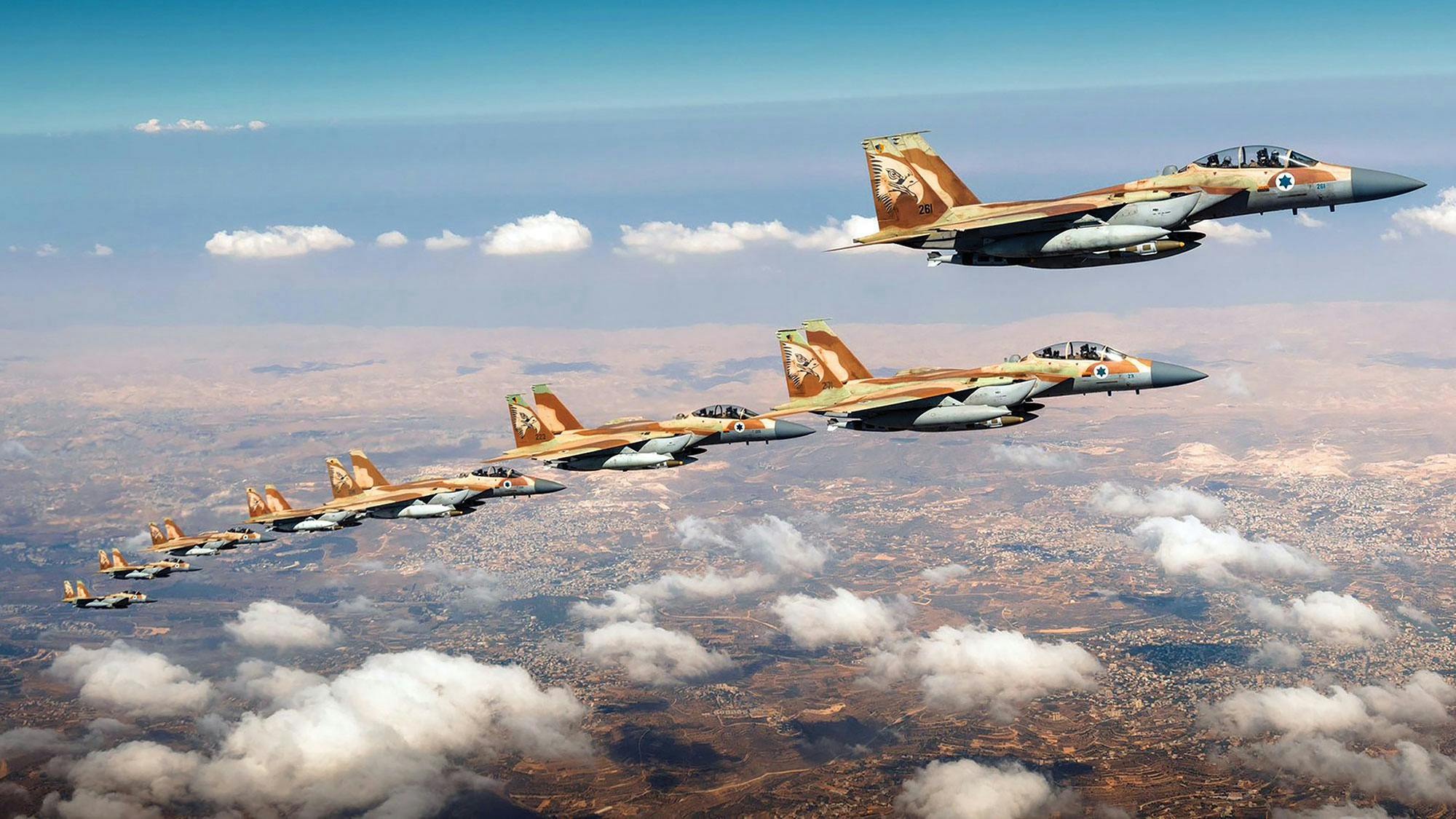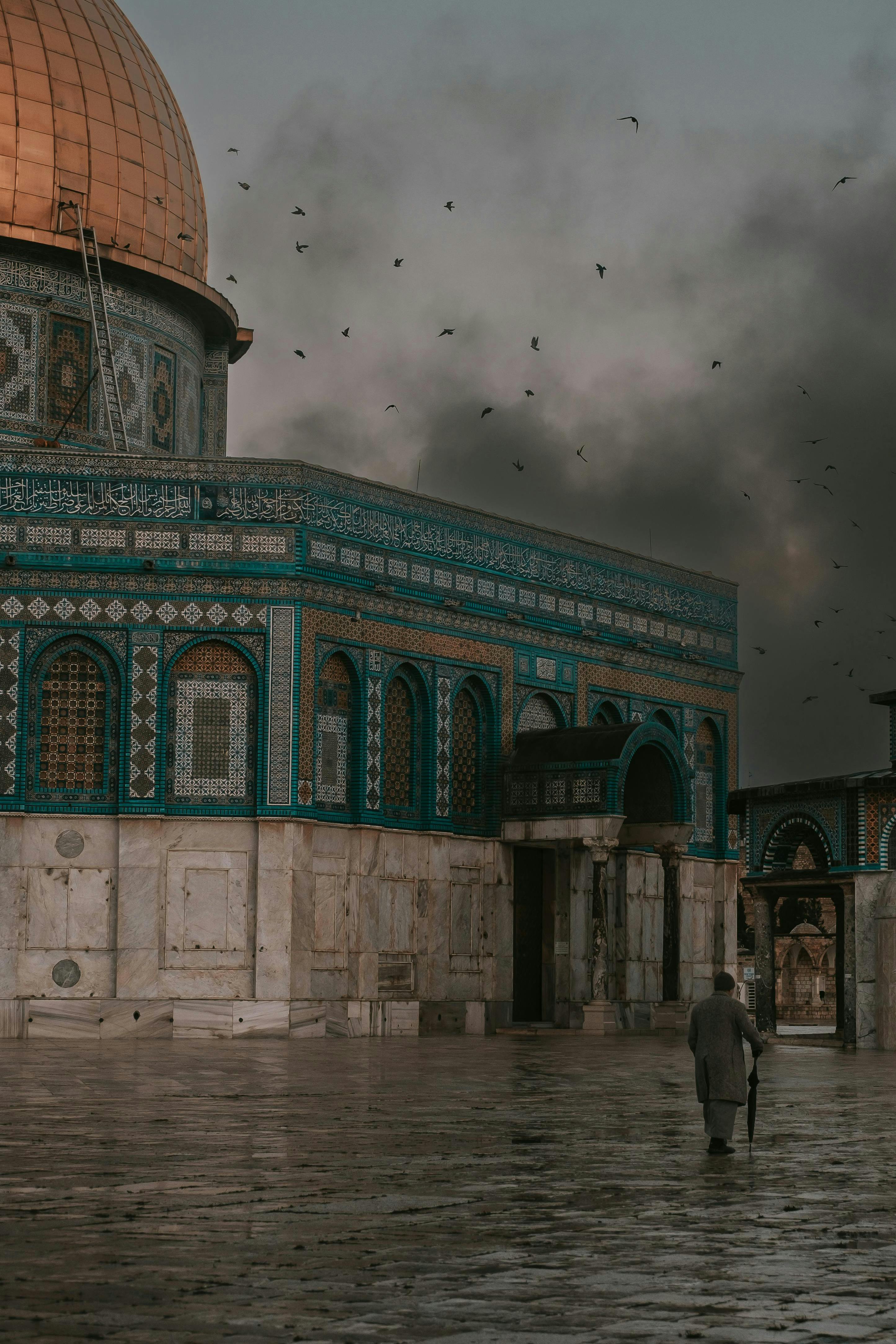Trail of Chaos
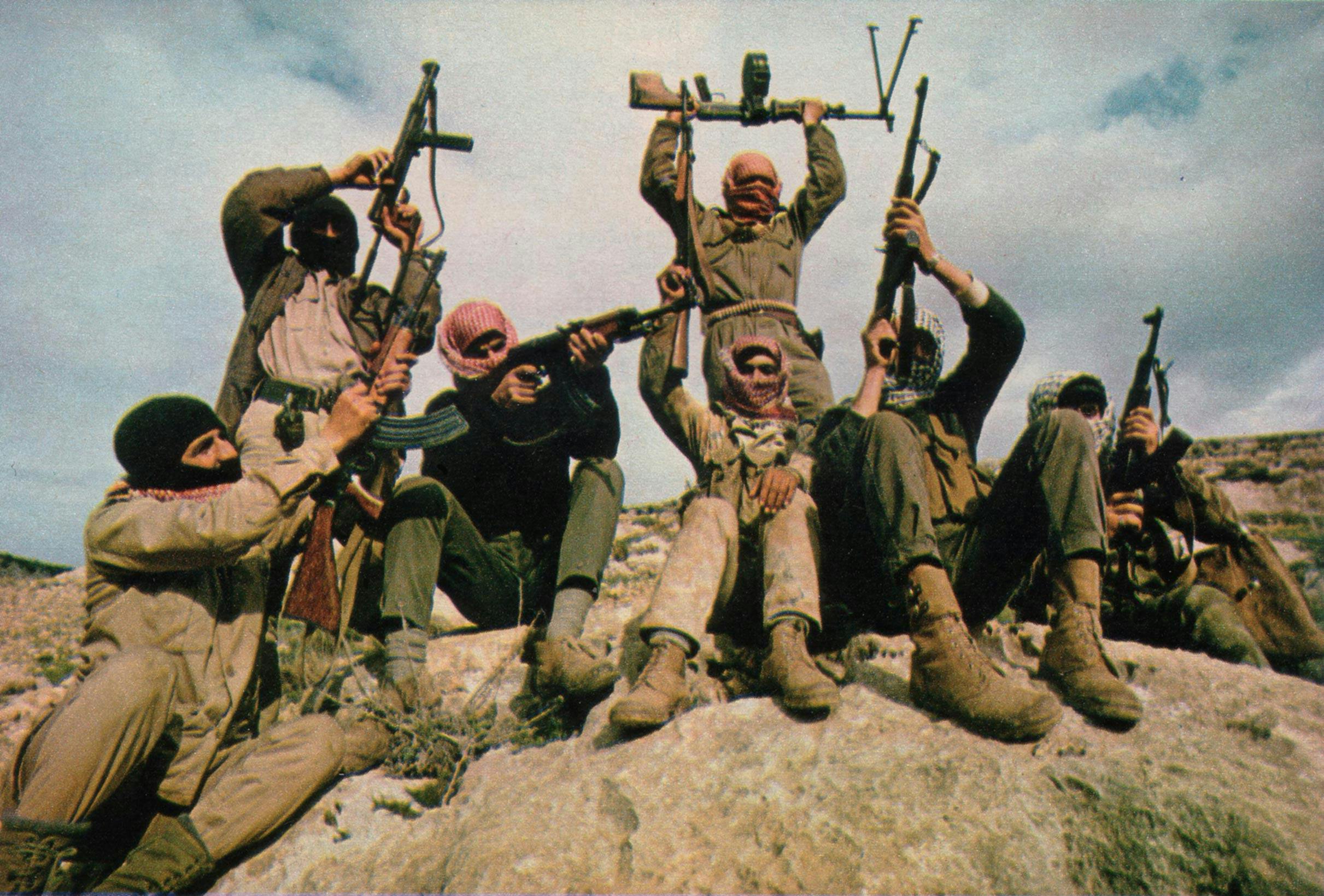
Why have Arab nations refused to absorb Palestinian refugees? Why does Egypt—Gaza’s only Arab neighbor—guard its border so fiercely? The answer lies in history. Time and again, Palestinian militants have destabilized the very Arab nations that gave them shelter. From Jordan to Lebanon, from Kuwait to Egypt, Palestinian militant factions have left behind trails of chaos and destruction.
Egypt’s Border with Gaza
Egypt became the first Arab country to sign a peace treaty with Israel in 1979, which allowed Cairo to position itself as modern-day peace broker between Israel and Hamas. Yet despite sending aid to Gaza, Cairo has refused to open its border.
In 2024, Israel was planning a military offensive in Rafah, a Gaza town near the border with Egypt. The Israeli military said it planned to evacuate civilians, raising questions about whether they would be welcomed into Egypt.
Egyptian Foreign Minister Sameh Shoukry denounced the displacement of Palestinians into Egypt as “a red line.” Satellite images later showed Egyptian construction crews building cement walls around the Gaza border, which anonymous Egyptian officials told NPR were to contain a potential refugee surge.
This reluctance stems from Egypt’s troubled history with Hamas, which formed in 1987 as an offshoot of the Egyptian Muslim Brotherhood Movement.
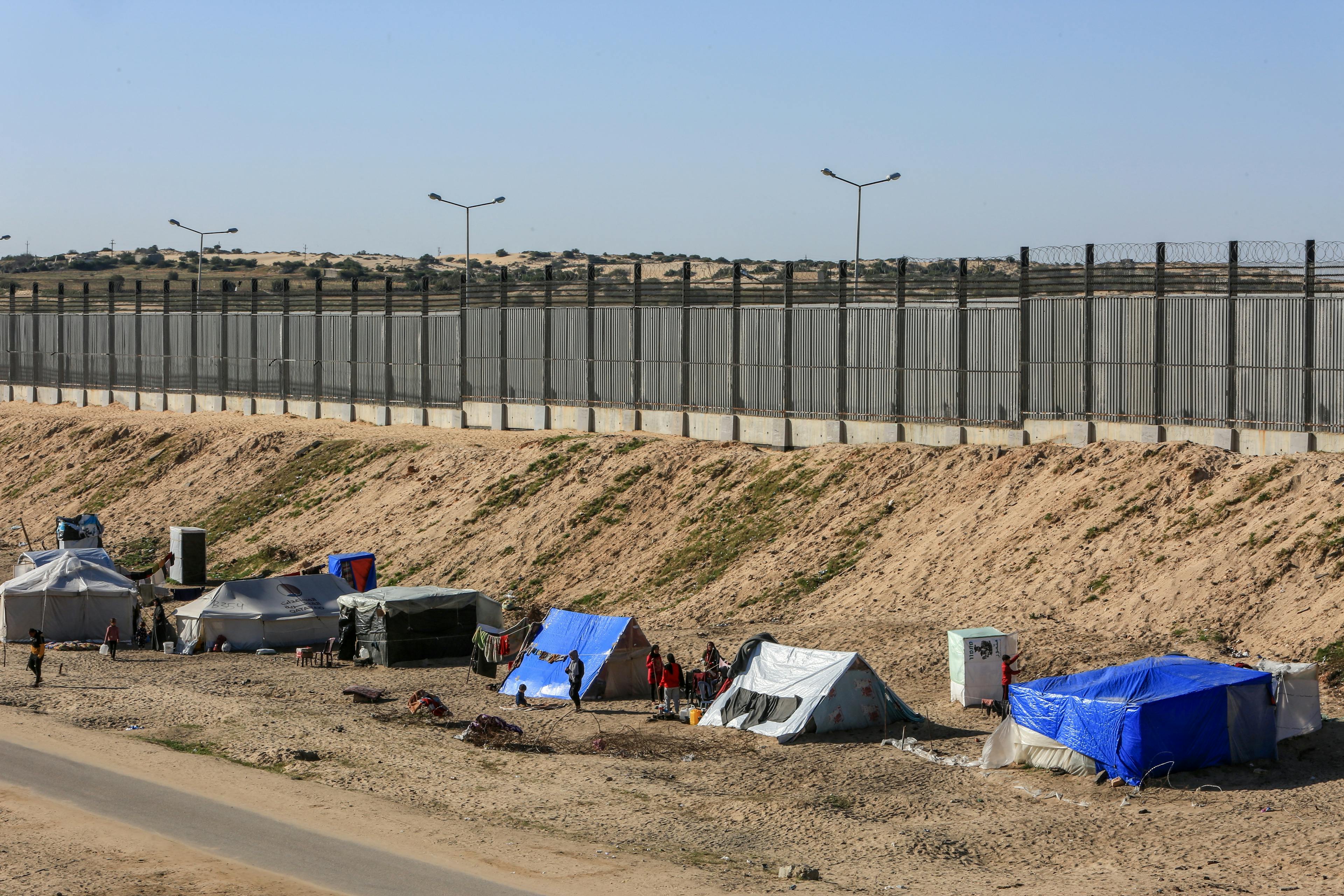
Egyptian President Abdel Fattah al-Sisi, who rose to power after the military overthrow of Brotherhood-backed Mohamed Morsi in 2013, has cracked down with an iron fist on the Muslim Brotherhood and its supporters. For instance, in 2015, an Egyptian state-run newspaper accused Hamas and the Muslim Brotherhood of plotting to undermine and eventually oust Sisi. In response, Egypt flooded and bombed tunnels from Gaza.
Jordan’s “Black September”
Following Israel’s rebirth in 1948, Jordan absorbed up to 100,000 Arabs after it occupied and annexed Judea and Samaria. Amman renamed the territory the West Bank to differentiate it geographically from Jordan proper, which lay on the east bank of the Jordan River. The kingdom granted citizenship to Arabs on both banks, which changed Jordan’s demographics, making the population two-thirds Palestinian.
Palestinians in Jordan chafed under King Hussein, who sought to keep distant ties with Israel and cracked down on militants using Jordan to strike the Jewish state.
The Palestinians, strong in number, established a “state within a state” in Jordan, and the Palestine Liberation Organization (PLO)—which planned and executed terror attacks, leading to its designation by the US as a terrorist organization until the Oslo Accords in 1993—established its headquarters there.
Tensions erupted in September 1970, known as “Black September,” when the PLO and its radical wing, the Popular Front for the Liberation of Palestine, hijacked four planes—blowing up one immediately and diverting the other three to Jordan, where they detonated them days later. Yasser Arafat then tried to use the remaining 421 hostages as leverage, even as PLO militants fought bloody battles with the Jordanian army.
The Jordanians killed up to 15,000 Palestinians and destroyed Palestinian towns and refugee camps. Jordan and the Palestinians signed ceasefires, but eventually, King Hussein expelled Arafat and the PLO, marking their end in Jordan.
Civil War in Lebanon
Lebanon, like Jordan, absorbed 100,000 Palestinians in 1948. Twelve refugee camps were established across the country, reportedly with poor living conditions under heavy Lebanese policing.
After its expulsion from Jordan, the PLO moved to Lebanon as a base to launch attacks on northern Israel. The group gained power and traction in their new home and established another “state within a state.”
Lebanese Christians feared the Palestinian Muslims would upset Lebanon’s political balance, as the parliament held positions for both Christians and Muslims. Lebanese Muslims, however, welcomed the presence of their Islamic Palestinian brothers.
The PLO’s influence grew across southern Lebanon and established a stronghold known as “Fatah Land,” named after the leading secular Palestinian political party. Eventually the country split into half, with the Christians ruling northern Lebanon and Muslims taking the south.
The tensions exploded into an all-out civil war in 1976, with the PLO allying with Lebanese leftists and Muslim militias against the Lebanese Front, a coalition of Israel-backed Christian factions. The PLO also used southern Lebanon as a launching pad for terror attacks against Israelis, prompting retaliatory attacks and an Israeli ground incursion in 1978, exacerbating the tension between the Lebanese over the PLO’s influence in their nation.
The Lebanese Front attacked refugee camps, expelling the refugees to Muslim strongholds in West Beirut or enacting massacres, with Palestinian factions retaliating with massacres on Christian towns. The most infamous incident occurred when the Lebanese Front attacked the Tal al-Zaatar refugee camp, killing between 1,500 and 2,000 people.
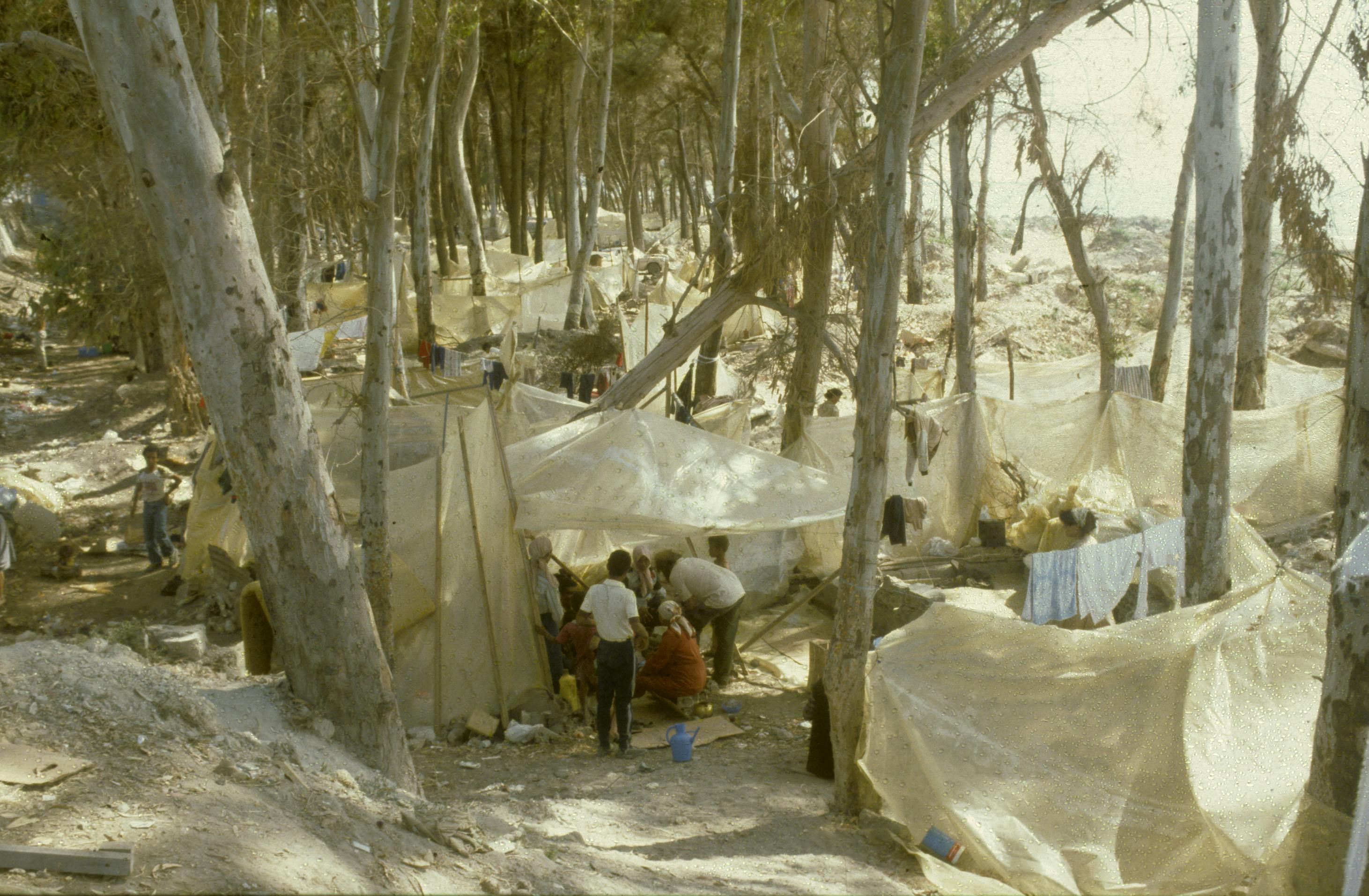
Meanwhile the PLO continued its attacks against Israel, prompting another Israeli incursion in 1982 to dislodge the PLO from its stronghold. The move forced the PLO out of its headquarters in Beirut, with 12,000 fighters dispersed to various Arab countries, ending the significant PLO presence in Lebanon.
Standing with Saddam
In 1990, Saddam Hussein invaded Iraq’s oil-rich neighbor, prompting the US and Western powers to rally behind Kuwait.
Both Kuwait and Iraq had financially supported the PLO, but Arafat decided to side with Hussein, who had supplied the PLO with weapons in the 1980s and who Arafat believed would be a stronger supporter of the Palestinian cause. Iraq had also participated in every Arab war against Israel since its rebirth in 1948.
But Arafat’s big gamble cost him heavily when Iraq lost the war and became a pariah state, with Arafat branded a traitor for supporting Hussein. Some 400,000 Palestinians were expelled from Kuwait following the war.
Arafat and the PLO were left severely weakened and isolated after the Gulf Crisis. When a peace deal with Israel was put on the table in 1993 in the form of the Oslo Accords, Arafat, backed in to a corner, had little choice but to sign.
Continued Chaos
These repeated episodes explain why Arab states have closed their doors. Across the Middle East, Palestinian militants have left instability, violence and broken trust in their wake. Their cause, meant to unify the Arab world, instead fractured it.
Today, Palestinian flags wave from London to Sydney, but Arab capitals remain unmoved. Their leaders know from bitter experience that importing the Palestinian struggle means importing chaos. For them, keeping the conflict at Israel’s doorstep is safer than welcoming it into their own homes.
Related Resources

Discover Your Purpose and God’s Heart For You
In today's divided, turbulent world, it's essential for the Church to rediscover God's heart. Our free e-book, authored by a seasoned expert with three decades of experience in Israel, delves deep into the teachings of Jesus (Yeshua) to reveal God’s principles of love and purpose. Learn how embracing these truths can bring significance and impact to your life, even amidst chaos. Subscribe now to receive your free copy and embark on a journey of transformation.


